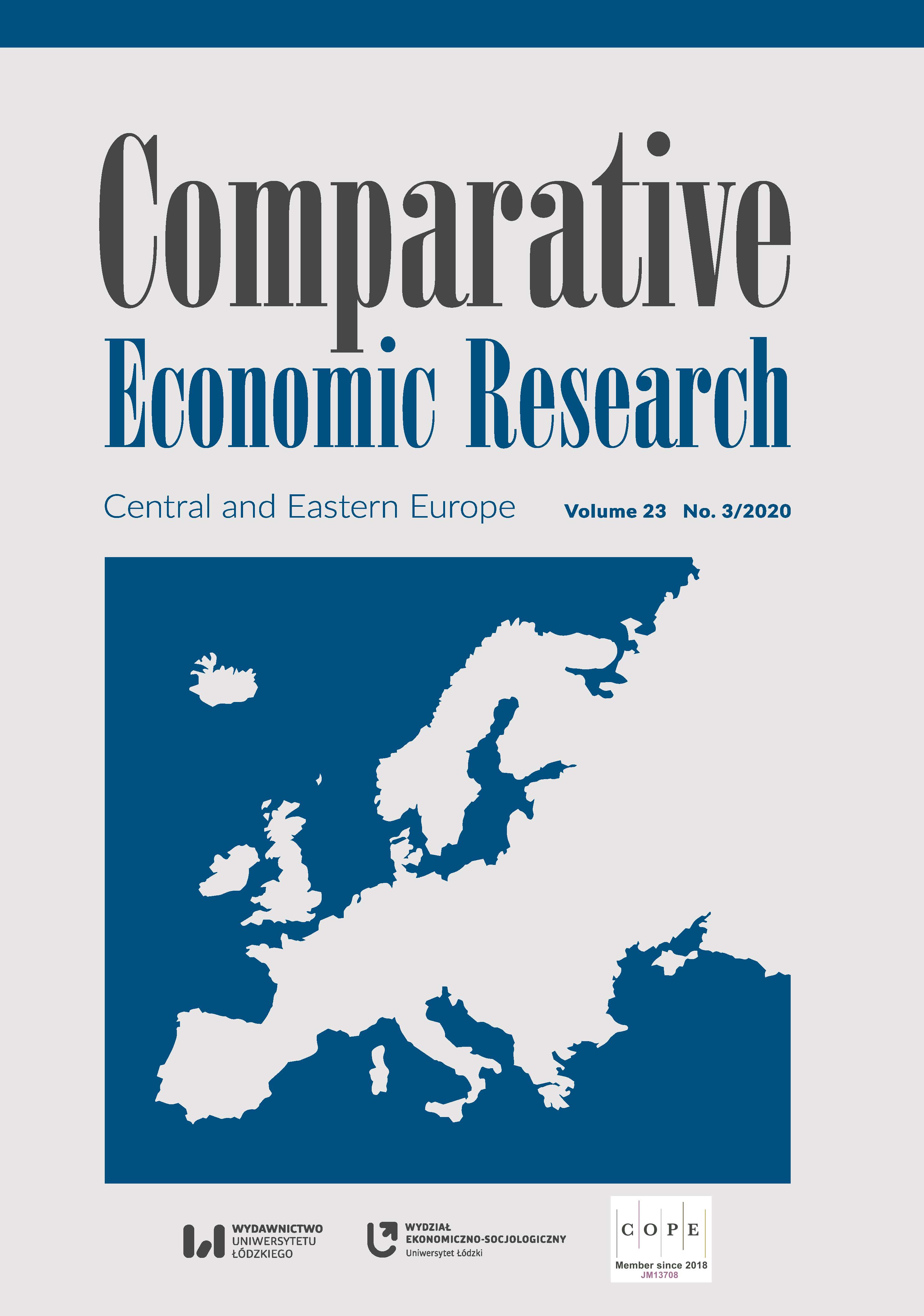Labour Market Institutions and Income Inequalities in the Visegrad Group Countries
Labour Market Institutions and Income Inequalities in the Visegrad Group Countries
Author(s): Małgorzata Szczepaniak, Agnieszka Szulc-ObłozaSubject(s): Economy, Labor relations, Economic policy, EU-Approach / EU-Accession / EU-Development
Published by: Wydawnictwo Uniwersytetu Łódzkiego
Keywords: income inequalities; labour market; institutions
Summary/Abstract: The diversity of the labour market in the Visegrad Group countries is presented in the article from an institutional perspective. Institutions such as different tax and transfer policies, employment protection legislation, or active and passive labour market policies can affect not only the effectiveness of the economy from a macro perspective, but they can also be crucial in determining the system of rules and incentives for earning money. The institutional conditions of the labour market directly affect the behaviour of labour market participants, their incomes, and therefore income inequalities. To asses and compare the situation between the Visegrad group countries, a synthetic measure of labour market institutions is calculated. A taxonomic analysis is done to group the V4 countries against other selected European Union countries, which enables the assessment and comparison of similarities and differences across the Visegrad countries. Finally, the trade-offs between a synthetic measure of labour market institutions and income inequalities are analysed. The Pearson correlation coefficient and, additionally, the Spearman’s rank correlation coefficient are applied. The analysis is done for 2016, as it was the most recent data available while writing the article. The results from such an analysis can help to answer the question of the state’s role in limiting income inequalities through labour market institutions and to identify the policies which are the most effective in this field.
Journal: Comparative Economic Research. Central and Eastern Europe
- Issue Year: 23/2020
- Issue No: 3
- Page Range: 75-90
- Page Count: 16
- Language: English

